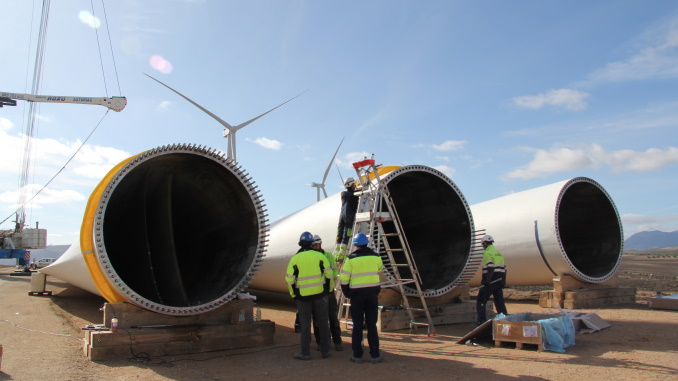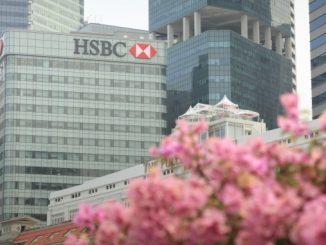
Issuers facing problems sourcing green, social or sustainable assets or aligning them with short term debt issuance could instead turn to ESG-linked commercial paper as an efficient alternative, according to ABN AMRO’s Dick Ligthart. Meanwhile, one issuer who follows the use-of-proceeds approach acknowledges that in the money market sustainable investors might prefer a more holistic ESG rating-based approach, which relies more on the overall ESG credentials of the company given the short term nature of CP.
Having sparked a revolution in bond issuance with its pioneering sustainability-linked bonds (SLBs), Enel issues SDG-linked CP — some €60bn in 2022 — under an overarching sustainability-linked financing framework that covers SLBs and an array of other financial instruments. The framework reflects the targets of the group — which range from those it should hit this year out to 2040 — and was updated in February to increase the number of KPIs from two to five, now covering Science Based Targets initiative-validated Scope 3 on top of Scope 1 emissions reduction targets, and measuring the proportion of its capex aligned to the EU Taxonomy.
A key difference between Enel’s SLBs and its CP reflects the different structures of the two instruments: while step-up coupons are a key and arguably defining part of SLBs, there is no equivalent mechanism in ESG-linked CP. Should Enel fail to meet its sustainability performance targets (SPTs), the consequence would simply be that it could no longer issue SDG-linked CP (which is currently the only type of CP it has a programme for) unless it renewed its commitment with an addendum setting new KPIs and SPTs.
“The underlying philosophy is: if you are committed to sustainability, then you are entitled to issue such notes; if not, then stop,” says Giovanni Niero at Enel (pictured). “And if you are no longer able to issue the so-called SDG-linked CP, there is a reputational issue.
 “So there is no financial penalty embedded in the programme, but the reputational point is a solid one.”
“So there is no financial penalty embedded in the programme, but the reputational point is a solid one.”
Niero says that while Enel is open to innovations that could more closely mirror SLB mechanisms, it is yet to come across an alternative approach.
“We are talking about a product that has an average duration of three to six months, and for the time being, it seems very difficult to think of something different,” he adds. “Our approach is very well recognised by important investors as the most advanced and has been adopted by other issuers.”
Enel and others are working with ICMA on potential standards for CP equivalent to the Sustainability-Linked Bond Principles (SLBP) and Niero says these could convince more companies to follow a similar approach for short term debt.
“The game-changer for SLBs were the Principles,” he says. “They provided real guidance to the market on such tools, which was crucial — we understand that not every company is in the position to risk adopting its own approach.
“This has encouraged us to work with ICMA on a specific CP standard — be that green or sustainability-linked. If such guidance is on the table with ICMA behind it, and if it is viewed positively by investors, banks and corporates, this will massively and dramatically incentivise corporates to pursue such an approach.”
Read the full Green/ESG CP feature here.
Main image: Wind turbine assembly at the Endesa Los Arcos wind farm in Malaga (Andalusia); Photo: Enel



